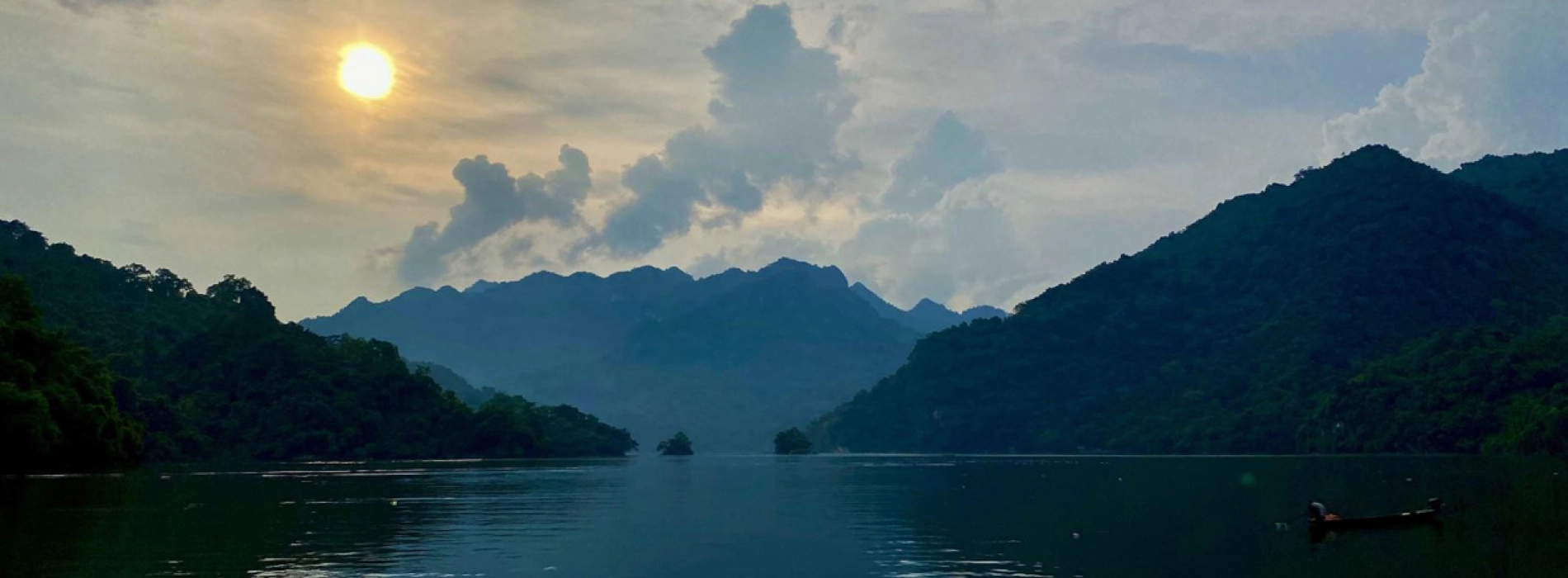Yangon

Before moving the capital to Naypidaw (Mandalay region), Yangon - The city with the thousand pagodas was the capital of Burma. Located in the south-east of the country, at the confluence of the Yangon and Bago rivers throughout its thousand year history, this city was still the cultural and business center of Burma.
In history, the city was founded under the name of Dagon by the Monks in the sixth century; at that time, this people dominated the south of what is now Burma. Dagon was then a small fishing village around Shwedagon Pagoda. After the Second Anglo-Burmese War, Yangon was the capital of British Burma, then independent, from 1853.
Nowadays, Yangon is one of the essential cities in your trip to Southeast Asia. This city is well known for the diversity of culture, community and religion. Yangon is also known as the "Garden City of the East" with its lush tropical vegetation, shady parks and pretty lakes. At the arrival of this city, travelers will be attracted by its antiquity, its multiculturality and its famous tourist sites such as: The temple of Shwedagon - a symbol of Buddhists in Yangon or visiting local markets to discover life. On the other hand, the city has a typical atmosphere with its many busy streets and markets that are the particularities in the life of this city. Certainly, a stay in Yangon brings to all the tourists an unforgettable experience.
Shwedagon Pagoda
Shwedagon Pagoda is the most famous tourist site in Yangon. Located at the top of a hill, the pagoda is considered a national treasure and a pride of Burma.
The pagoda is a remarkable stupa with its 99 meters high, located on Singuttara hill in Yangon, Burma. This Buddhist holy site is the first religious center of Burma because according to legend, it contains relics of four ancient Buddhas, including eight hairs of Buddha Gautama.
According to archaeologists, Shwedagon Pagoda was built between the 6th and 10th by Mon people. The first stupid stupa was rebuilt around 1360 by King Binnya U, who raised it to 18 or 20 meters. Throughout its history of about 2500 years, the pagoda still remains its antiquity, its sacred sculptures. The pagoda is the most important religious place for the Burmese. Here, tourists can discover the custom, the tradition and especially the Buddhism of Burma through the images, the stupas of this pagoda.
Botataung Pagoda
Located near the Yangon River, Botatung Pagoda has a significant history for Burma. Built in the same period of the Shwedagon Pagoda about 2500 years ago, the pagoda was destroyed entirely in the Second World War. However, after the war, thanks to the great generosity of the people, it was rebuilt identically. This pagoda is well known for its original architecture, antiquity and Buddhist activities. On time, this pagoda is home to more than 700 precious objects that were testimonies in the history of Burma. At the arrival of Botataung Pagoda, tourists can participate in Buddhist activities with monks such as prayer.... It really is an interesting experience in your trip.
Kandawgyi Lake
Unlike ancient and sacred pagodas, Lake Kandawgyi has unspoiled beauty as well as beautiful scenery. Located in the city center, east of Shwedagon Pagoda, the lake is one of Yangon's two great lakes. It is an ideal place to rest and enjoy the peace - one of the private peculiarities of the city compared to other Asian cities. On the lakeside, tourists can admire the beauty of the majestic Shwedagon Pagoda and the famous Royal Barge Karaweik.
Bogyoke Market
Built in 1926, the Bogyoke Market is a famous tourist site of the ancient capital Yangon. Since many repairs have modernized, it is clean, bright compared to traditional Burmese markets. The Scott Market (its English name) is one of the largest shopping centers in Burma. It includes 1120 souvenir shops, clothing, handicrafts ... The market Bogyoke Aung San is known for its architecture and shops. It allows to find some souvenirs, to make the purchases and also to give a chance to the tourists to discover the daily life of the inhabitants in Yangon.
Colonial buildings
The city center has sumptuous colonial buildings mixing architectural styles, some of which house the city's main administrations such as the city hall. The best way to see a number of them is to walk along Strand Road and Pasodan Street. Colonial buildings are testimony to the grandeur of the British Empire. You will be surprised by the large shady alleys whose houses are decorated in the unique style of Burmese colonial times. When arrive this site, tourists can go back in time to return to the prosperous Europe. The site is considered "Little Europe" in the heart of Yangon.
The circular train
Built in 1954 by the British, the Yangon Circular Train covers a 45.9 km loop and stops at 39 stations. It takes almost three hours to complete the trip. The Yangon Circular Train will allow you to mingle with the warm Burmese and get a glimpse of their laid-back lifestyle. The cars are old but they help you to discover authentic Yangon. Certainly, the train brings you an original experience in your trip to Old Yangon.